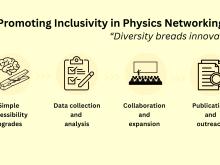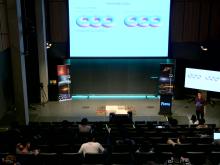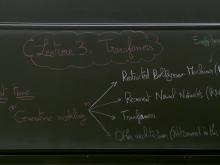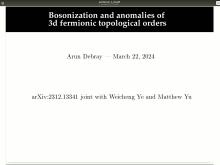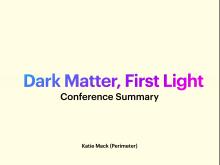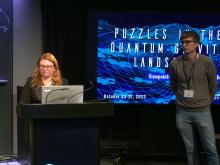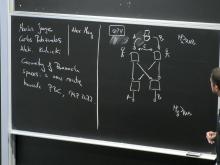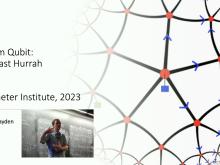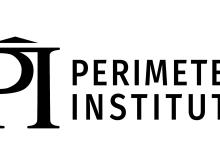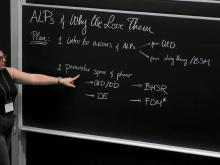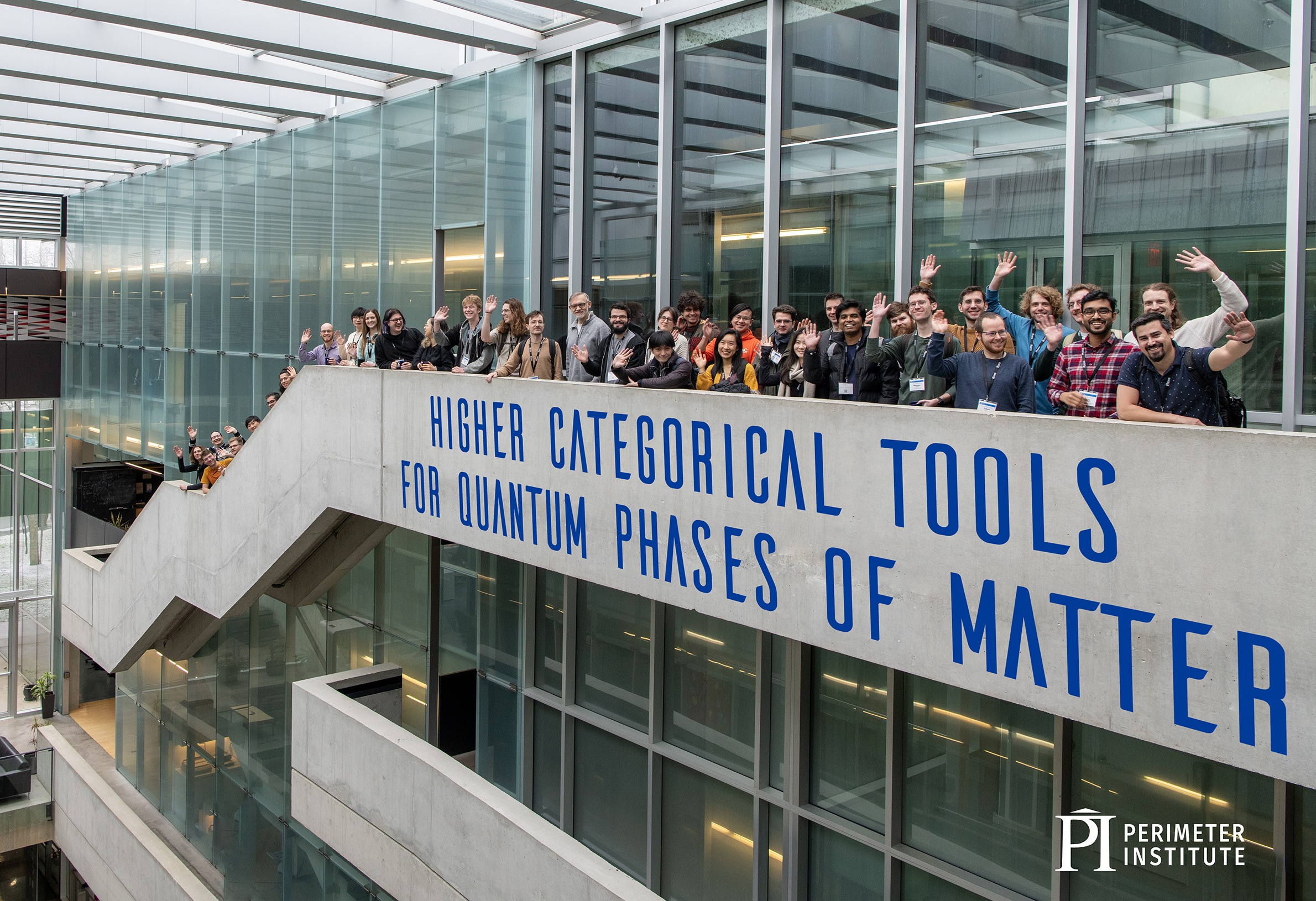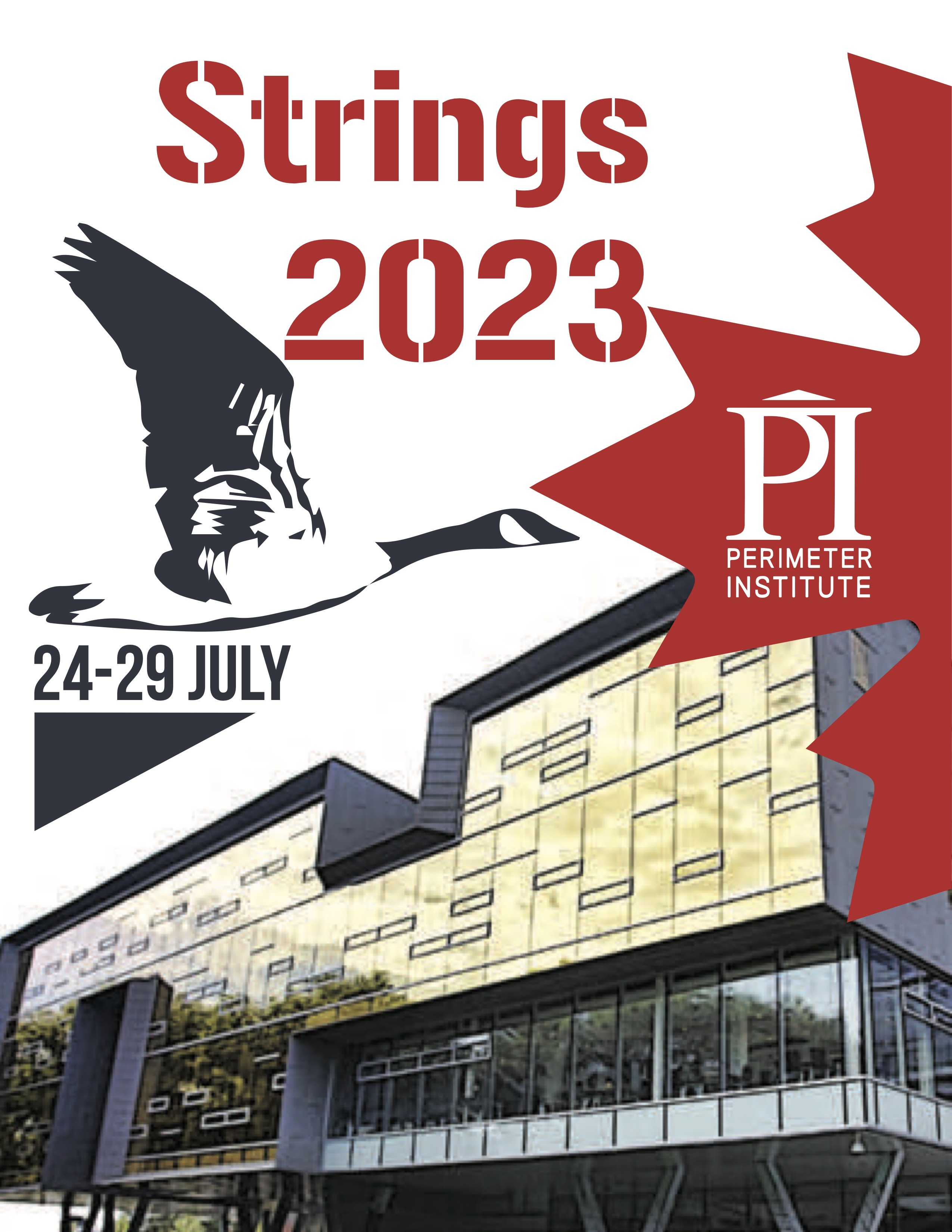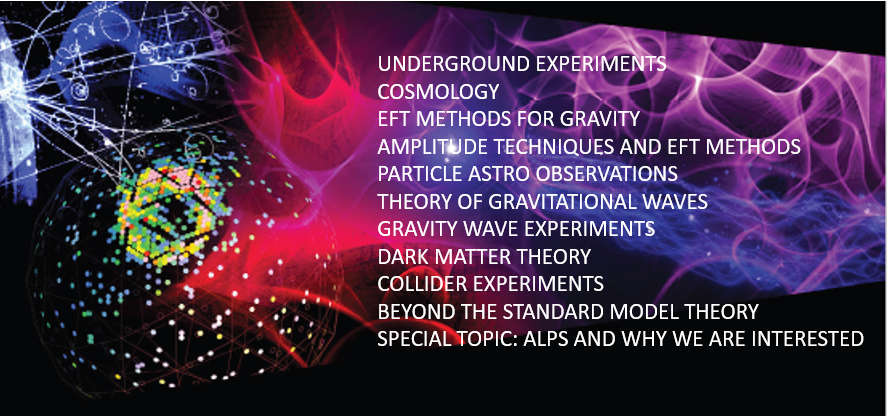Format results
-
15 talks-Collection NumberC24022
Talk
-

Welcome & Happy 15th Anniversary
PIRSA:24060001 -

-

-

Driving Quantum Readiness - An Innovation Perspective
Sonali Mohapatra National Quantum Computing Centre
PIRSA:24060004 -

My Non-Geodesic Career Trajectory: From Entrepreneurship to Data & AI Consulting
Alexandre Vincart-Emard Avanade Inc (Montreal)
PIRSA:24060005 -

Solid State Detectors for Low-Mass Dark Matter Searches
Miriam Diamond University of Toronto
PIRSA:24060006 -

-

Cohort Project Presentation - "Catching Up": Holography
PIRSA:24060008
-
-
Physics of Quantum Information
20 talks-Collection NumberC24017Talk
-

-

Repetition Code Revisited
Matthew Fisher University of California, Santa Barbara
-

-

Stability of mixed-state quantum phases via finite Markov length
Shengqi Sang Stanford University
-

The rise and fall of mixed-state entanglement: measurement, feedback, and decoherence
Tsung-Cheng Lu (Peter) University of Maryland, College Park
-

Universal bound on topological gap
Liang Fu Massachusetts Institute of Technology (MIT) - Department of Physics
-

Mapping ground states to string-nets
Daniel Ranard California Institute of Technology (Caltech)
-

Sequential Quantum Circuit
Xie Chen California Institute of Technology
-
-
Navigating Quantum and AI Career Trajectories: A Beginner’s Mini-Course on Computational Methods and their Applications
7 talks-Collection NumberC24029Talk
-

Opening Remarks
PIRSA:24050051 -

-

Restricted Boltzmann Machines (RBMs)
Mohamed Hibat Allah University of Waterloo
-

-

-

Recurrent Neural Networks (RNNs)
Megan Schuyler Moss Perimeter Institute for Theoretical Physics
-

-
-
SciComm Collider 2
3 talks-Collection NumberC24030Talk
-

-

-

Black holes and gravitational waves
Luis Lehner Perimeter Institute for Theoretical Physics
PIRSA:24050065
-
-
Foundations of Quantum Computational Advantage
21 talks-Collection NumberC24020Talk
-

-

Values for compiled XOR nonlocal games
Connor Paddock University of Ottawa
-

Reliable quantum computational advantages from quantum simulation
Juani Bermejo Vega University of Granada
-

-

-

-

-

-
-
Higher Categorical Tools for Quantum Phases of Matter
15 talks-Collection NumberC24016Talk
-

-

Analogies between QFT and lattice systems
Anton Kapustin California Institute of Technology (Caltech) - Division of Physics Mathematics & Astronomy
-

Models of anyons with symmetry: a bulk-boundary correspondence
Fiona Burnell University of Minnesota
-

Twisted Tools for (Untwisted) Quantum Field Theory
Justin Kulp Stony Brook University
-

Quantum double models and Dijkgraaf-Witten theory with defects
Catherine Meusburger -

Topological sectors in quantum lattice models
Clement Delcamp Institut des Hautes Etudes Scientifiques (IHES)
-

Douglas-Reutter 4d TQFT as a generalised orbifold
Vincentas Mulevičius Vilnius University
-

Weak Hopf symmetric tensor networks
Andras Molnar University of Vienna
-
-
Dark Matter, First Light
26 talks-Collection NumberC24015Talk
-

Opening Remarks
-
Katherine Mack Perimeter Institute for Theoretical Physics
-
Aaron Vincent Queen's University
-
-

Dark and visible structures with dissipative dark matter
Sarah Shandera Pennsylvania State University
-

-

-

The First Stars in the Universe as Dark Matter Laboratories
Cosmin Ilie Colgate University
-

Probing Atomic Dark Matter using Simulated Galactic Subhalo Populations
Caleb Gemmell University of Toronto
-

Dark matter at high redshifts with JWST
Julian Munoz The University of Texas at Austin
-

(Dark) Baryogenesis through Asymmetric Reheating in the Mirror Twin Higgs.
Andrija Rasovic University of Toronto
-
-
Puzzles in the Quantum Gravity Landscape: viewpoints from different approaches
34 talks-Collection NumberC23033Talk
-

Lessons of the Effective Field Theory Treatment of General Relativity
John Donoghue University of Massachusetts Amherst
-

Positivity Bounds and Effective Fields Theories (A Review)
Andrew Tolley Imperial College London
-

Holography and its implications for quantum gravity - VIRTUAL
Johanna Erdmenger University of Würzburg
-

-

Piecing Together a Flat Hologram
Sabrina Pasterski Perimeter Institute for Theoretical Physics
-

Open Discussion with today's speakers (Donoghue, Erdmenger, Montero, Pasterski, Tolley)
-
John Donoghue University of Massachusetts Amherst
-
Johanna Erdmenger University of Würzburg
-
Miguel Mlontero IFT Madrid
-
Sabrina Pasterski Perimeter Institute for Theoretical Physics
-
Andrew Tolley Imperial College London
-
-

Panel Discussion - Strengths and limitations of EFT (Donoghue, Knorr, Montero, Quevedo, Tolley)
-
John Donoghue University of Massachusetts Amherst
-
Miguel Mlontero IFT Madrid
-
Fernando Quevedo University of Cambridge
-
Carlo Rovelli Aix-Marseille University
-
Andrew Tolley Imperial College London
-
-

-
-
QPV 2023: Advances in quantum position verification
12 talks-Collection NumberC23037Talk
-

-

QPV: An Overview and Reflections
Harry Buhrman Centrum Wiskunde & Informatica
-

Popescu-Rohrlich correlations imply efficient instantaneous nonlocal quantum computation
Anne Broadbent University of Ottawa
PIRSA:23090023 -

Non-local quantum computation meets quantum gravity
Alex May Perimeter Institute for Theoretical Physics
-

Quantum Error-Correction and Holographic Task
Beni Yoshida Perimeter Institute for Theoretical Physics
-

-

Protocols and Implementations of Quantum Position Verification
-
Eric Chitambar University of Illinois Urbana-Champaign
-
Paul Kwiat University of Illinois
-
-

-
-
It from Qubit 2023
38 talks-Collection NumberC23021Talk
-

Talk 44 - Large N von Neumann Algebras and the renormalization of Newton's constant
Elliott Gesteau California Institute of Technology (Caltech)
-

Talk 88 - Type II_1 algebras for local subregions in quantum gravity
Antony Speranza University of Amsterdam
-

Talk 124 - von Neumann algebras in JT gravity with matter
David Kolchmeyer Massachusetts Institute of Technology
-

Talk 61 - Horizons are Watching You
Gautam Satishchandran -

An SYK model with a scaling similarity.
Juan Maldacena Institute for Advanced Study (IAS) - School of Natural Sciences (SNS)
-

Petz recovery from subsystems in conformal field theory
Shreya Vardhan Stanford University
-

-

-
-
Strings 2023
30 talks-Collection NumberC23001Talk
-

Opening Remarks
Robert Myers Perimeter Institute for Theoretical Physics
-

-

Research Talk 2 - Burns holography
Atul Sharma Harvard University
-

Research Talk 3 - Swampland and a Unification of the Dark Sector
Cumrun Vafa Harvard University
-

Research Talk 4 - A universal pattern at infinite field distance
Irene Valenzuela -

Challenge Talk 1 - The Cosmic Neutrino Background: Its distribution on the surface of the Earth and its manipulation on laboratory scales
Savas Dimopoulos Perimeter Institute for Theoretical Physics
-

Research Talk 5 - Crossing beyond scattering amplitudes
Hofie Hannesdottir -

-
-
TRISEP 2023
39 talks-Collection NumberC23020Talk
-
PSI 15th Anniversary Reunion
15 talks-Collection NumberC24022PSIons celebrate 15 years of Perimeter Scholars International with the first ever PSI reunion event!
Join us for 3 days that include:
- 3 former PSI Keynote Speakers in Industry
- 3 former PSI Speakers in Academia
- A chance to win 1 of 7 Grants of up to 5000 CAD each for a PSI class project to be developed and presented at the reunion (see Call for Projects for details)
- Social events with your cohorts and PSI special guests
- Lots of time to connect with classmates and PSIons, while immersing yourself in Perimeter’s lively research and collaboration environment.
_______________________________________________________
The Perimeter Scholars International (PSI) Master's program is offered in collaboration by Perimeter Institute and the University of Waterloo.
-
Physics of Quantum Information
20 talks-Collection NumberC24017The dialogue between quantum information and quantum matter has fostered notable progress in both fields. Quantum information science has revolutionized our understanding of the structure of quantum many-body systems and novel forms of out-of-equilibrium quantum dynamics. The advances of quantum matter have provided novel paradigms and platforms for quantum information processing.
This conference aims to bring together leading experts at the intersections of quantum information and quantum matter. Key topics include: (i) quantum error correction, (ii) quantum dynamics, and (iii) quantum simulation.Organizers:
Timothy Hsieh, Perimeter Institute
Beni Yoshida, Perimeter Institute
Zhi Li, Perimeter Institute
Tsung-Cheng Lu, Perimeter Institute
Meenu Kumari, National Research Council Canada:: :: ::
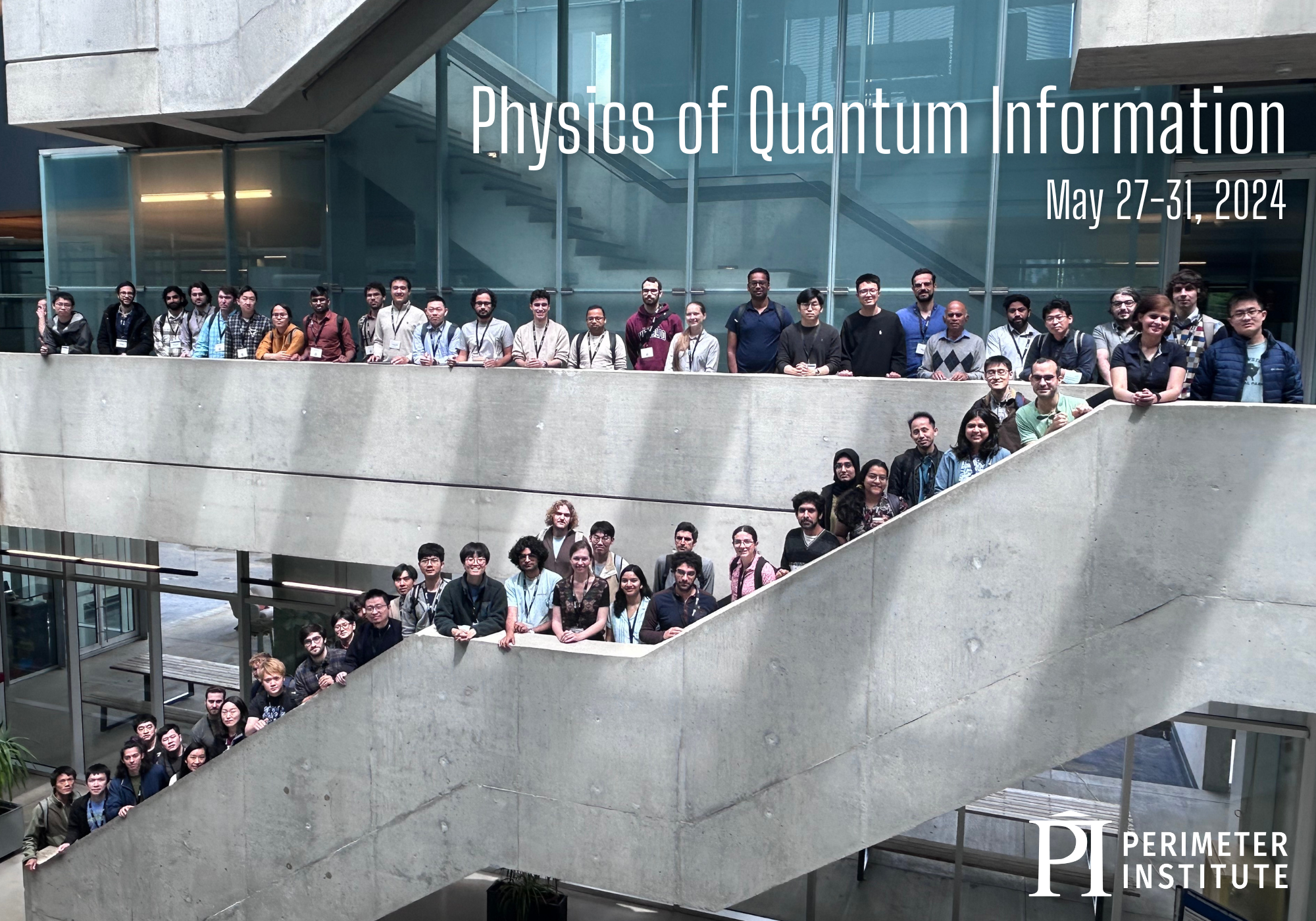
-
Navigating Quantum and AI Career Trajectories: A Beginner’s Mini-Course on Computational Methods and their Applications
7 talks-Collection NumberC24029The dynamic field of quantum physics and artificial intelligence is expanding across both academic and industrial landscapes. This mini-course offers an introduction to computational techniques currently utilized in the quantum sector, highlighting non-academic career paths for individuals interested in quantum physics and machine learning. The program features two lecture series: one on generative modeling - covering topics (such as restricted Boltzmann machines, recurrent neural networks, and transformers) - and the other on quantum machine learning algorithms. Participants will also benefit from practical coding tutorials, networking opportunities, and related events about the landscape of Quantum and AI.
Land Acknowledgement
In the spirit of understanding and learning from what has come before, Perimeter Institute respectfully acknowledges that we are located on the traditional territory of the Attawandaron, Anishnaabeg, and Haudenosaunee peoples.
Perimeter is situated on the Haldimand Tract, land promised to Six Nations, which includes six miles on each side of the Grand River. As settlers, we thank all the generations of people who have taken care of this land for thousands of years. We are connected to our collective commitment to make the promise and the challenge of Truth and Reconciliation real in our communities. -
SciComm Collider 2
3 talks-Collection NumberC24030The second annual SciComm Collider workshop will bring together a group of the most innovative science communicators helping to connect the public with topics in physics and astronomy for a three-day workshop aimed at sharing ideas, creating new collaborations, and exploring ways to more effectively engage the public with the most exciting ideas in science. The workshop will consist of short seminars, interactive sessions, and opportunities to brainstorm new ideas with fellow communicators and creators, as well as venues for interaction between invited science communicators and Perimeter outreach/communications team members and researchers.
-
Foundations of Quantum Computational Advantage
21 talks-Collection NumberC24020The workshop marks the halfway point of the similarly named (FoQaCiA, pronounced "focaccia") collaboration between researchers in Canada and Europe, funded as part of a flagship partnership between NSERC and Horizon Europe.
https://www.foqacia.org/
The goal of FoQaCiA is to develop new foundational approaches to shed light on the relative computational power of quantum devices and classical computers, helping to find the "line in the sand" separating tasks admitting a quantum speedup from those that are classically simulable.
The workshop will focus on the four central interrelated themes of the project:
1. Quantum contextuality, non-classicality, and quantum advantage
2. The complexity of classical simulation of quantum computation
3. The arithmetic of quantum circuits
4. The efficiency of fault-tolerant quantum computation
Our view is that the future success of quantum computing critically depends on advances at the most fundamental level, and that large-scale investments in quantum implementations will only pay off if they can draw on additional foundational insights and ideas
:: :: ::
Scientific Organizers:
Rui Soares Barbosa (INL - International Iberian Nanotechnology Laboratory)
Anne Broadbent (University of Ottawa)
Ernesto Galvão (INL - International Iberian Nanotechnology Laboratory)
Rob Spekkens (Perimeter Institute)
Jon Yard (Perimeter Institute):: :: ::
FoQaCiA is funded by:


-
Higher Categorical Tools for Quantum Phases of Matter
15 talks-Collection NumberC24016Quantum phases have become a staple of modern physics, thanks to their appearance in fields as diverse as condensed matter physics, quantum field theory, quantum information processing, and topology. The description of quantum phases of matter requires novel mathematical tools that lie beyond the old symmetry breaking perspective on phases. Techniques from topological field theory, homotopy theory, and (higher) category theory show great potential for advancing our understanding of the characterization and classification of quantum phases. The goal of this workshop is to bring together experts from across mathematics and physics to discuss recent breakthroughs in these mathematical tools and their application to physical problems.
Scientific Organizers
Lukas Mueller
Alex Turzillo
Davide Gaiotto
Sponsored in part by the Simons Collaboration on Global Categorical Symmetries
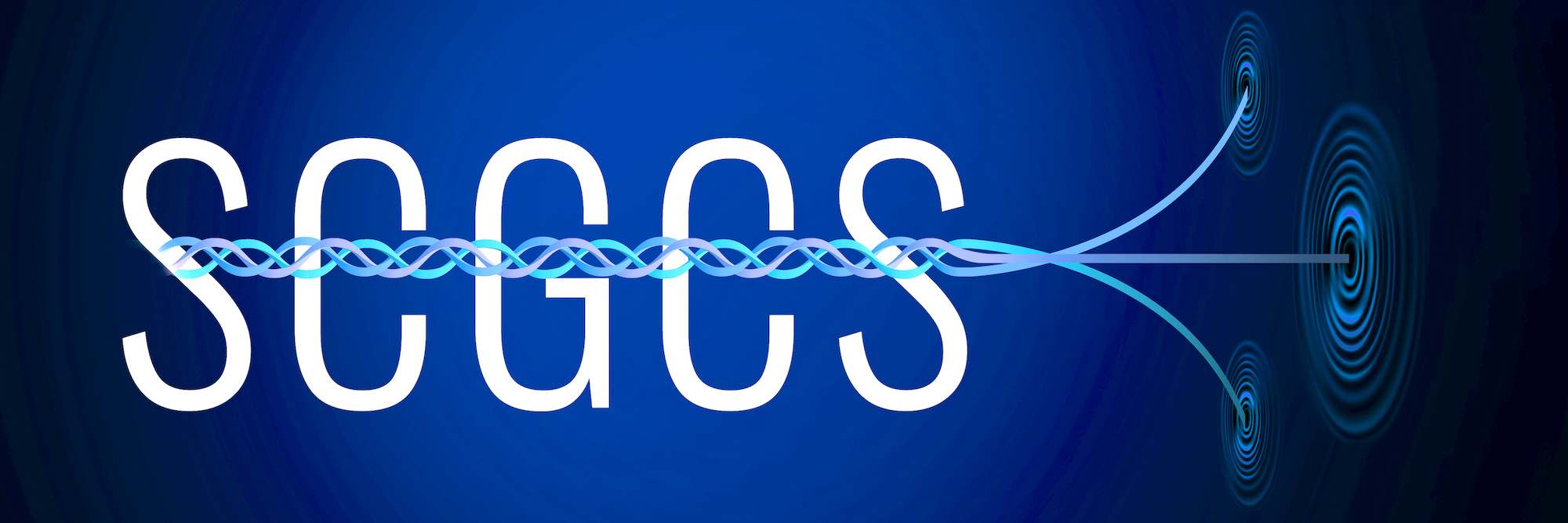
-
Dark Matter, First Light
26 talks-Collection NumberC24015New observational programs and techniques are opening a window to the first galaxies in the universe and bringing surprises along the way. In this workshop, we'll explore how dark matter phenomenology may have impacted the first stars and galaxies, focusing on how improved modeling and simulations can allow us to use new and upcoming high-redshift data to gain insight into dark matter's fundamental nature.
Sponsored in part by:

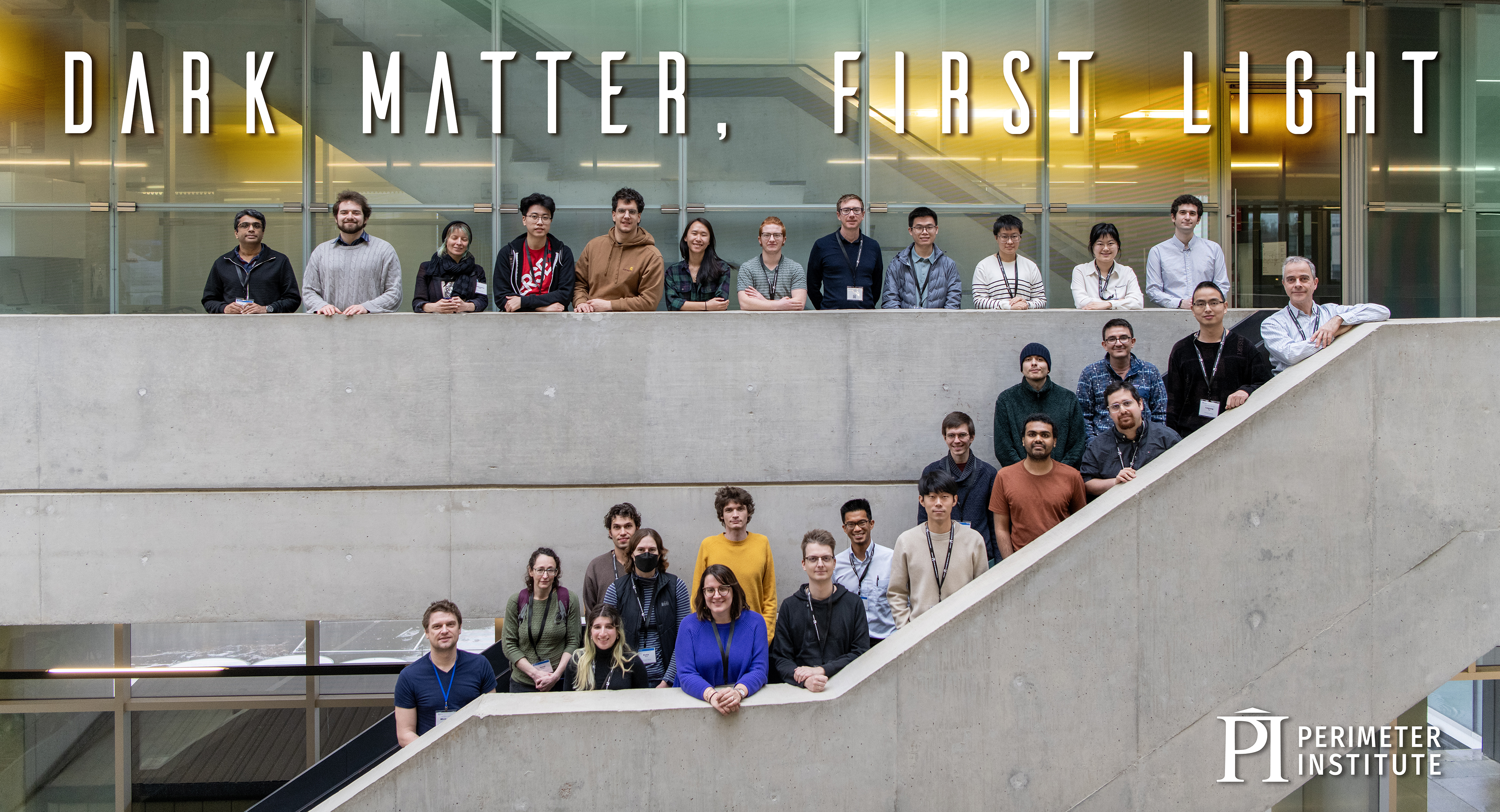
-
Puzzles in the Quantum Gravity Landscape: viewpoints from different approaches
34 talks-Collection NumberC23033Unraveling the quantum nature of gravity is one of the most pressing problems of theoretical physics. Several ideas have been put forward and resulted in a number of theories of quantum gravity. While these theories have explored different facets of the “quantum gravity landscape”, all viable approaches should ultimately make contact with observations, and answer exciting questions in cosmology and black-hole physics.
Sharing knowledge, exchanging ideas, and building a dictionary between different theories are crucial steps toward answering these questions, efficiently contrasting different theories, and ultimately reaching a deeper understanding of our Universe.
This conference will contribute to these goals by bringing together leading experts in different approaches to quantum gravity, gravitational effective field theory, black-hole physics, and cosmology. We will focus on specific puzzles in quantum gravity and their resolutions within different approaches. The conference will be highly interactive, with plenty of time to discuss common problems, understand the big picture, and develop novel connections between fields.Registration: Registration is now open, and both in-person and virtual participation is welcome. Online participants will be able to interact on an equal footing in question sessions and discussions. In-person attendance is limited and will be approved on a first-come, first-served basis. Talks are by invitation only, but in-person participants are encouraged to apply to present a poster.
Spam warning: There is an increasing number of scam agencies reaching out to conference speakers and attendees. Perimeter Institute does not use third-party agencies. We advise speakers and attendees to ignore emails and not to provide any details to anyone who is not from Perimeter Institute.
Confirmed Speakers and Panelists:
- Abhay Ashtekar (Penn State University)
- Robert Brandenberger (McGill University)
- Luca Buoninfante (Nordita)
- Xavier Calmet (University of Sussex)
- Francesco di Filippo (Kyoto University)
- Bianca Dittrich (Perimeter Institute)
- John Donoghue (University of Massachusetts)
- Astrid Eichhorn (CP3-origins)
- Johanna Erdmenger (Würzburg University)
- Ghazal Geshnizjani (Perimeter Institute)
- Ruth Gregory (King's College)
- Lavinia Heisenberg (Heidelberg University)
- Bob Holdom (University of Toronto)
- Benjamin Knorr (Nordita)
- Renate Loll (Radboud University Nijmegen)
- Miguel Montero (IFT Madrid)
- Rob Myers (Perimeter Institute)
- Sabrina Pasterski (Perimeter Institute)
- Fernando Quevedo (Cambridge University)
- Lisa Randall (Harvard University)
- Kasia Rejzner (York University)
- Mairi Sakellariadou (King's College)
- Lee Smolin (Perimeter Institute)
- Kellogg Stelle (Imperial College)
- Sumati Surya (Raman Research Institute)
- Andrew Tolley (Imperial College)
- Neil Turok (University of Edinburgh)
- Pedro Vieira (Perimeter Institute)
- Yasaman Yazdi (Imperial College)
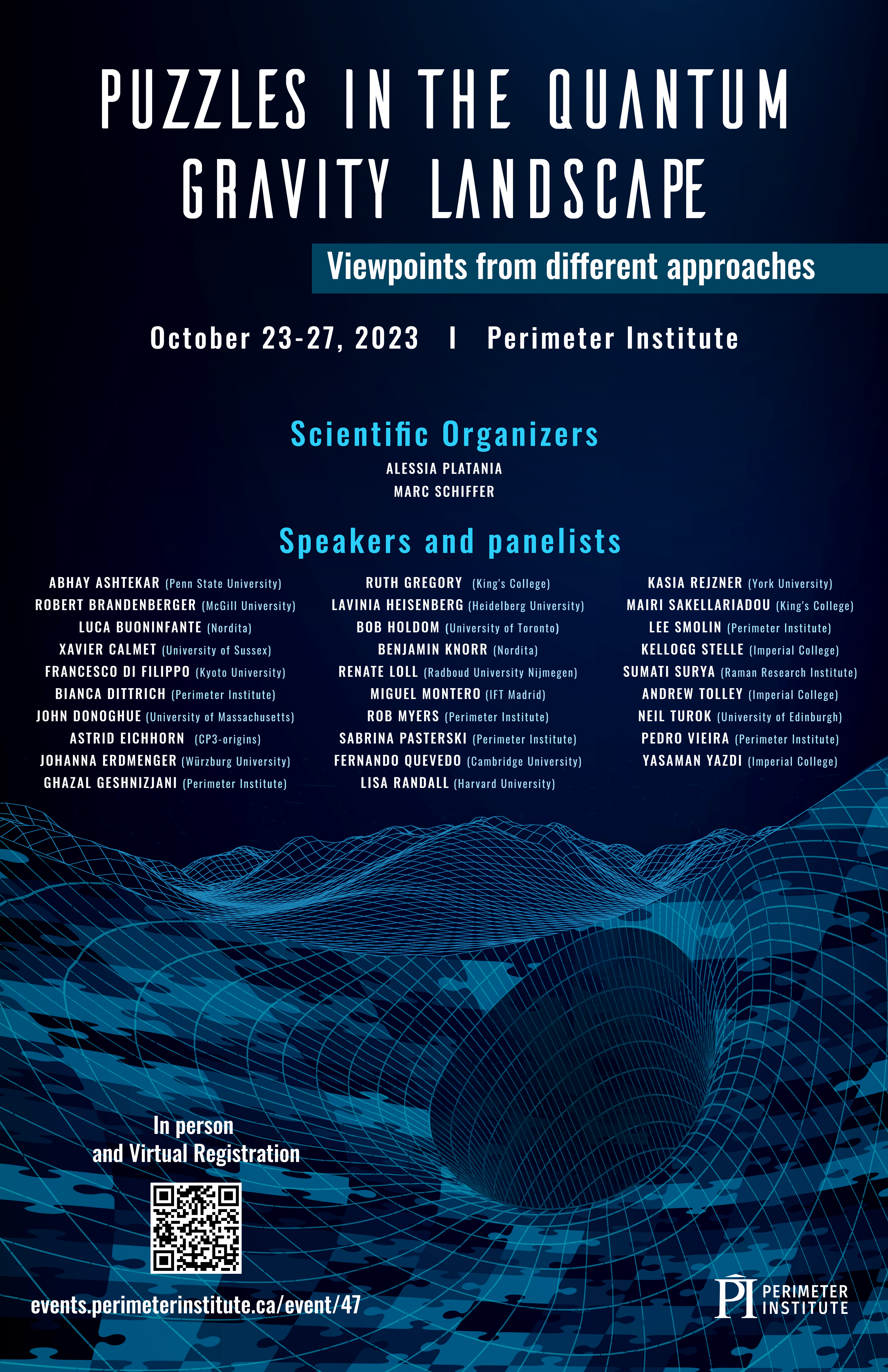
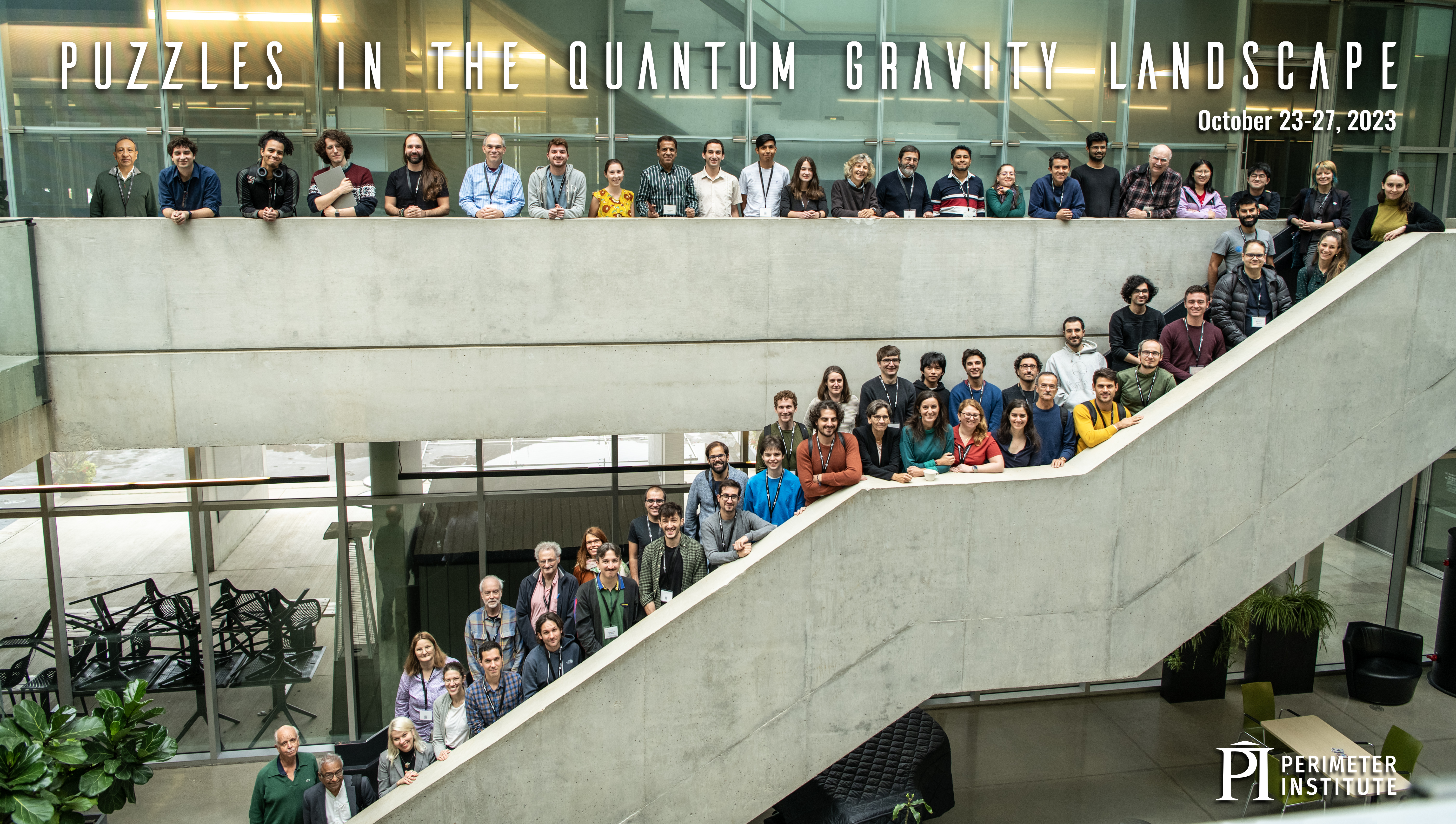
Territorial Land Acknowledgement
Perimeter Institute acknowledges that it is situated on the traditional territory of the Anishinaabe, Haudenosaunee, and Neutral peoples.
Perimeter Institute is located on the Haldimand Tract. After the American Revolution, the tract was granted by the British to the Six Nations of the Grand River and the Mississaugas of the Credit First Nation as compensation for their role in the war and for the loss of their traditional lands in upstate New York. Of the 950,000 acres granted to the Haudenosaunee, less than 5 percent remains Six Nations land. Only 6,100 acres remain Mississaugas of the Credit land.
We thank the Anishinaabe, Haudenosaunee, and Neutral peoples for hosting us on their land.
-
QPV 2023: Advances in quantum position verification
12 talks-Collection NumberC23037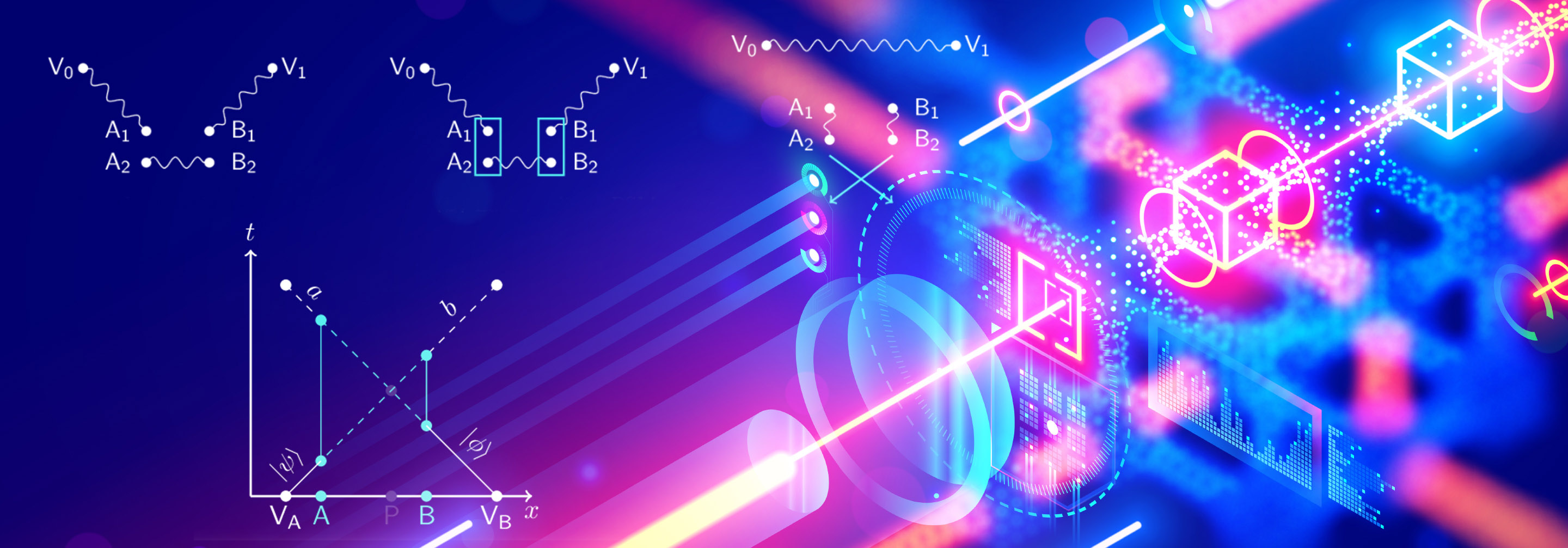
Quantum position verification (QPV) schemes use the properties of quantum information and the relativistic signalling bound to verify the location of an object (sometimes called a “tag”) to distant observers in an environment that may contain would-be spoofers. The guarantee is based on the assumptions of the underlying security model; various theoretically and practically interesting security models have been proposed. The area is attracting increasing interest, with new theoretical developments in security analyses, emerging experimental studies of QPV systems, and recently discovered surprising and intriguing connections to topics in quantum gravity. A workshop on QPV will be held at the Perimeter Institute for Theoretical Physics.
The workshop will cover topics related to all aspects of QPV, including, but not limited to:
- Theoretical developments related to the security of QPV schemes, including development or refinement of security models, proofs of security within given models, tradeoffs between security and efficiency, and Experimental studies of QPV and theoretical work aimed at developing practical QPV schemes.
- QPV’s relationship to other cryptographic tasks and primitives.
- QPV’s relationship to holography and quantum gravity.

Territorial Land Acknowledgement
Perimeter Institute acknowledges that it is situated on the traditional territory of the Anishinaabe, Haudenosaunee, and Neutral peoples.
Perimeter Institute is located on the Haldimand Tract. After the American Revolution, the tract was granted by the British to the Six Nations of the Grand River and the Mississaugas of the Credit First Nation as compensation for their role in the war and for the loss of their traditional lands in upstate New York. Of the 950,000 acres granted to the Haudenosaunee, less than 5 percent remains Six Nations land. Only 6,100 acres remain Mississaugas of the Credit land.
We thank the Anishinaabe, Haudenosaunee, and Neutral peoples for hosting us on their land.
-
It from Qubit 2023
38 talks-Collection NumberC23021The final meeting of It from Qubit: Simons Collaboration on Quantum Fields, Gravity, and Information will be devoted to recent developments at the interface of fundamental physics and quantum information theory, spanning topics such as
- chaos and thermalization in many-body systems and their realization in quantum gravity;
- information-theoretic constraints on quantum field theories and their RG flows and symmetries;
- gravitational wormholes and their information-theoretic implications;
- calculable lower-dimensional models of quantum gravity; the entanglement structure of semi-classical states in quantum gravity;
- quantum error-correcting codes in quantum field theory and quantum gravity;
- complexity in field theory and gravity;
- the black-hole information puzzle;
- quantum simulation of quantum field theories and quantum gravity.
Recorded talks: https://pirsa.org/C23021
Territorial Land Acknowledgement
Perimeter Institute acknowledges that it is situated on the traditional territory of the Anishinaabe, Haudenosaunee, and Neutral peoples.
Perimeter Institute is located on the Haldimand Tract. After the American Revolution, the tract was granted by the British to the Six Nations of the Grand River and the Mississaugas of the Credit First Nation as compensation for their role in the war and for the loss of their traditional lands in upstate New York. Of the 950,000 acres granted to the Haudenosaunee, less than 5 percent remains Six Nations land. Only 6,100 acres remain Mississaugas of the Credit land.
We thank the Anishinaabe, Haudenosaunee, and Neutral peoples for hosting us on their land.
-
Strings 2023
30 talks-Collection NumberC23001The Perimeter Institute for Theoretical Physics is delighted to host the 33rd installment of Strings, the flagship annual conference for the extended string theory community.
Strings 2023 will take place at PI July 24-29. Capacity is limited to 200 in-person attendees. The programming will incorporate an interactive simulcast for virtual attendees.Recorded talks: https://pirsa.org/C23001
Organizing Committee: Sabrina Pasterski,* Freddy Cachazo, Kevin Costello, Davide Gaiotto, Jaume Gomis, Rob Myers, Pedro Vieira, & Alex Buchel.
Territorial Land Acknowledgement
Perimeter Institute acknowledges that it is situated on the traditional territory of the Anishinaabe, Haudenosaunee, and Neutral peoples.
Perimeter Institute is located on the Haldimand Tract. After the American Revolution, the tract was granted by the British to the Six Nations of the Grand River and the Mississaugas of the Credit First Nation as compensation for their role in the war and for the loss of their traditional lands in upstate New York. Of the 950,000 acres granted to the Haudenosaunee, less than 5 percent remains Six Nations land. Only 6,100 acres remain Mississaugas of the Credit land.
-
TRISEP 2023
39 talks-Collection NumberC23020Talks are recorded and posted on PIRSA (within approx 24 hours).
The 2023 Tri-Institute Summer School on Elementary Particles (TRISEP) will be held June 19-30, 2023 in Perimeter Institute for Theoretical Physics, Waterloo, ON, Canada.
TRISEP is an international summer school organized jointly by the Perimeter Institute for Theoretical Physics, SNOLAB, and TRIUMF Canada's laboratory for particle and nuclear physics. TRISEP will feature lectures by leading experts in the field of particle physics in its broadest sense and is designed to be very interactive with ample time for questions, discussions and interaction with the speakers. The school is intended for graduate students of all levels who were already exposed to quantum field theory.Registration for in person attendance to TRISEP is now open. Anyone requiring financial assistance to attend must apply by May 19. Requests for financial assistance are vetted on a case-by-case basis and application for funding is not guaranteed.
Previous TRISEP Schools:
2022, 2021, 2019, 2018, 2017, 2016, 2015, 2014 and 2013.
Territorial Land AcknowledgementPerimeter Institute acknowledges that it is situated on the traditional territory of the Anishinaabe, Haudenosaunee, and Neutral peoples.
Perimeter Institute is located on the Haldimand Tract. After the American Revolution, the tract was granted by the British to the Six Nations of the Grand River and the Mississaugas of the Credit First Nation as compensation for their role in the war and for the loss of their traditional lands in upstate New York. Of the 950,000 acres granted to the Haudenosaunee, less than 5 percent remains Six Nations land. Only 6,100 acres remain Mississaugas of the Credit land.
We thank the Anishinaabe, Haudenosaunee, and Neutral peoples for hosting us on their land.
